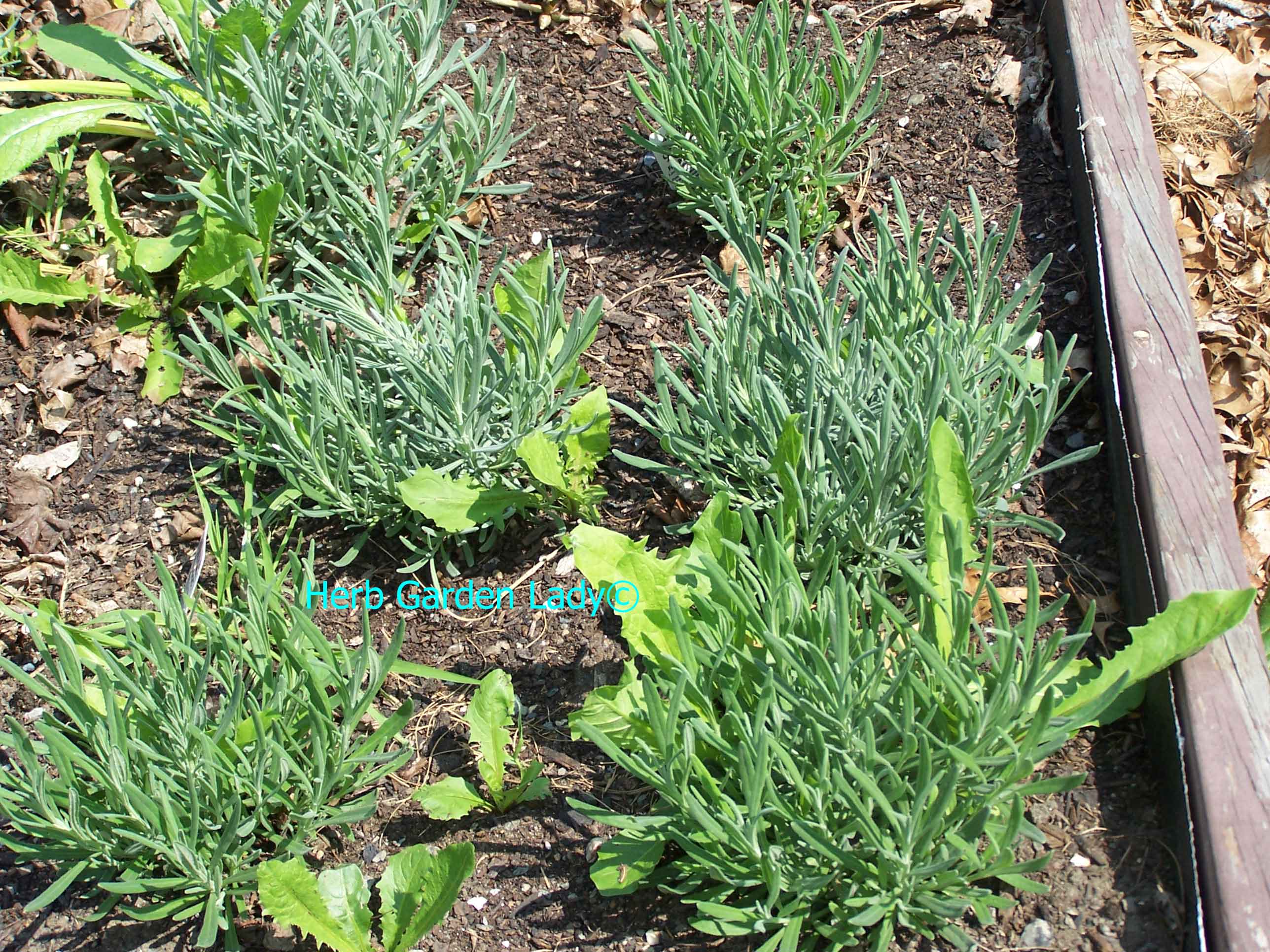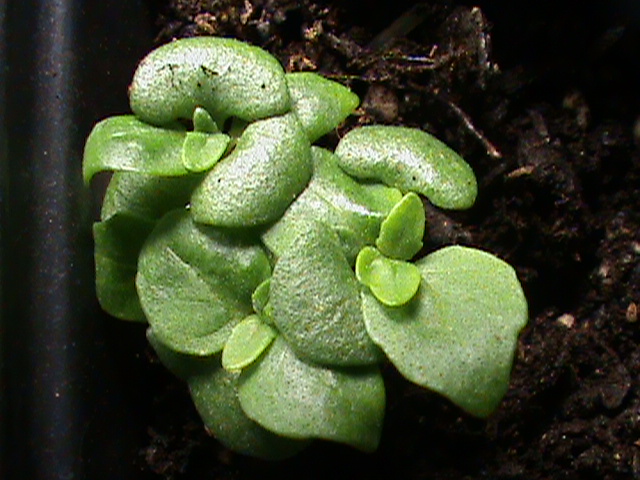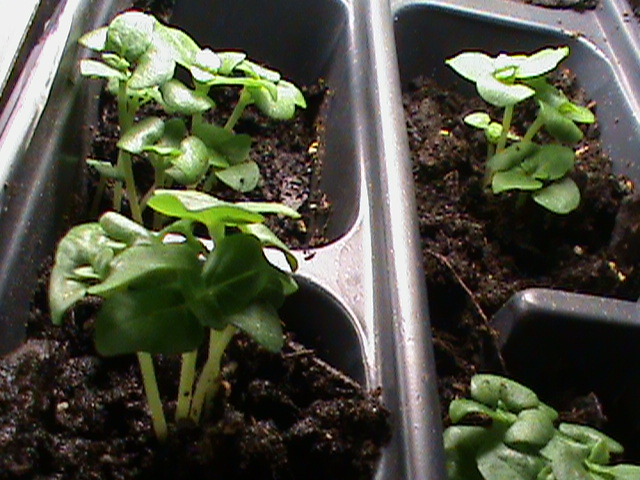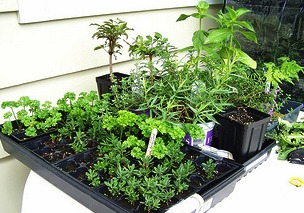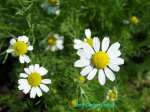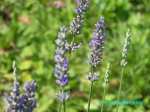Gardening Tips – The Top 10
1.Start small...gardening tips to follow
Use a garden layout to plan where you want to plant your herb garden. Here are some other gardening tips.
•A good sketch of your herb garden helps you plan for not only appearance, but also compatibility and ease of access.
•Questions? Do you want to step outside your door
and pick some herbs for dinner?
•Do you want to use the herb garden in companion planting
with your vegetable garden?
•Do you want a flower herb garden for display and maybe for fresh
or dried flower arrangements?
•Do you want to attract beneficial insects so you can
eliminate the need for chemicals to kill the harmful insects…say that
hungry caterpillar?
•Do you want to use your herb garden like the vegetable garden to provide food and the best nutrition for you and your family?
Or harvest your herbs daily, use them fresh or dry in your
cooking for the winter months or for herbal teas, syrups, cordials,
drinks, or medicinal use.
2.Test Your Soil...
It’s easy! Buy a simple soil testing kit or soil testing meter for quicker results.
•Herbs are not as particular as vegetables, which are why
they’re so easy to grow. But, some medicinal herbs need more tender,
loving, care.
•Get a professional! Send a sample off to your local
extension service early in the spring if possible. They do get a lot of
requests so send your samples early.
Here are some quick gardening tips!
Label them – name, address, date, soil sample location in your garden.
3.Get your herb seed catalogs...
•Oh, the possibilities! You can get lost in those catalogs and order way…too much. I’ve done it and I know many other gardeners who have done it too.
•What I have learned to do is put it on a spreadsheet in my computer.
I have columns like this…
Garden Tips Using Garden Planning
Garden Planning For The Year _______________________________
You can do this in a column format like this or all as headings, which is the way I lay it out.
Name,
A/P = annual or perennial,
Z = zone, Description,
Amount = how many,
Cost,
Seeds,
Plants,
Mailed = check,
Received,
Location Planted,
and Results
It looks better in a spreadsheet or you can do this on an
accountant’s legal pad, in a garden journal, or a simple three ring
binder notebook.
4.Purchase your herb plants or herb seeds...
•This is the easy part, but maybe painful to your wallet.
5.Prepare the soil…
Soil preparation is usually done in the fall from fallen
leaves raked in a pile and placed on top of your herb garden. Or
collected from local people who bag them to be used in your garden in
the spring.
As these leaves breakdown they provide the important
nutrients bacteria and fungi need to create vital minerals your herb
plants need to grow.
Simple gardening tips to consider...
•Fall: Till the soil in the fall if it’s a new area, so the
soil has the whole winter to break down and decay thus creating a better
start for your plants in the spring.
•Spring: Till the soil and mix some good compost such as
rotten horse or cow manure. Also, mix in bone meal for strong roots and
blood meal for green leaves, (nitrogen), cottonsead meal, organic kelp
meal, or worm casting. Borage leaves for calcium, dandelion to break
down the soil faster, all help in building the soil structure.
Start Your Herbs Indoors
Basil herb page
6.Start seeds indoors...
•Use a good seed starter mix or make your own. Peat moss and Pearlite (those white tiny balls) is all you need.
•Depending on which herb you decide to grow you’ll need to
pay special attention to what growing temperatures they like. For
example, Lavender likes a cold germination period of around 60 – 90
days. So, start these plants in the fall for spring planting.
•On the other hand, basil likes it warm at around 70 – 75
degrees and after 4 –6 weeks is ready for transplanting either into
bigger pots or into the garden after a week of hardening off.
7.Harden your plants...
•When plants grow in a nice warm environment and then have to go into a cooler than expected environment permanently they don’t adjust very well. In short, they’ll die. Take the extra week and slowly get them adjusted to cooler weather. Your herbs will be happy and so will you.
*This is one of the essential gardening tips to do and can be easily overlooked.
8.Plant your herbs...
This is where your planning ahead and soil preparation come
into play. It’ll make planting them easier and less time consuming in
the spring.
Some herbs can even be planted in early fall too. For example, evergreen trees here in the Northeast are easier to plant and will have all winter to grow and soak up the extra water creating a stronger root system.
*Gardening tips like these are helpful in seeing the overall picture of herb gardening.
9.Maintain your herbs...
•Prune, pick, taste, and sample
•If the leaves look a little green try adding some more enriched compost.
•Too wet – mix in some sand for better drainage
•Most culinary herbs love to be harvested often and will
ultimately produce more. Medicinal herbs may need to reach maturity in
order to be harvested...say 3 – 5 years.
10.Enjoy and relax!
•Be proud of what you’ve accomplished so far and tastes the fruits of your labor.
This is one of the best gardening tips.
Don’t get overwhelmed!
Plan. Plan. Plan.
Sow. Sow. Sow.
Reap. Reap. Reap.
Rest and relax!
Happy Herb Planting!
